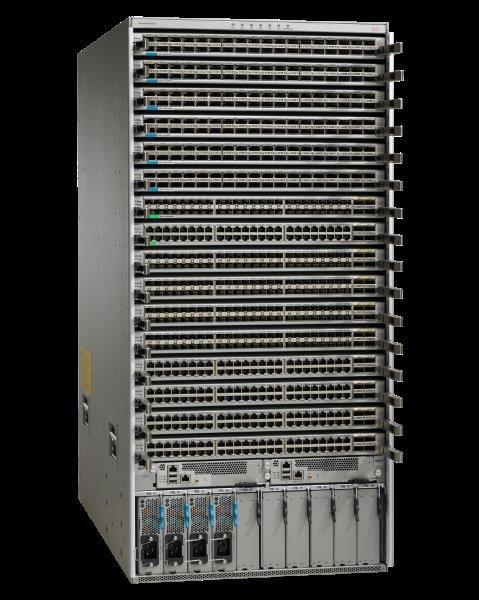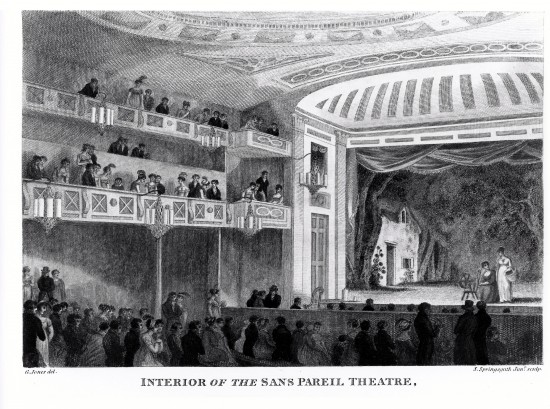 All right I confess I’m not that kind of geek. I admire and work with many IT engineers, but if you need me to configure a Nexus switch you’ll be out of luck. I am a geek though, and I know about building successful B2B and B2C Ambassador Programs.
All right I confess I’m not that kind of geek. I admire and work with many IT engineers, but if you need me to configure a Nexus switch you’ll be out of luck. I am a geek though, and I know about building successful B2B and B2C Ambassador Programs.
Before I start sharing my 2 cents, let’s take a look at what I mean by Ambassador Programs. Below are three major types. This is a simplified scenario but these large buckets help clarify.
Ambassador Program Types
1. Cast of Thousands: this type of program focuses on amplifying large volumes of content externally. Membership is open to anyone who registers, and includes automated content delivery, gamification, and tracking, where participants are rewarded for their actions in real time. Actions include low-hurdle social media tasks like sharing existing content to social media networks, rating a product, or entering a contest, but can also offer more challenging projects like writing a review, helping users solve problems, and communicating with potential customers. Ideally, ambassadors’ actions are integrated with a CRM platform in order to track ROI. Top participants are identified and nurtured, and in some cases transitioned into the second type of program (below).
2. Top Actors: this is a high-touch program focused on nurturing relationships. Members are chosen for their expertise and affinity for the product/brand, their expertise in the industry and influence among their peers. The program provides exclusive opportunities for members to learn and connect with SMEs, share expertise with the broader external community, and receive support from fellow team members. Out of these opportunities comes influential user generated content that can be shared widely across multiple external platforms. The Cisco Champions Program falls into this category.
3. Sister Act: this model is a close relative to the Ambassador Program and stems from a vibrant online community. The Cisco Customer Connection Program, Cisco Learning Network and Designated VIP Program are excellent examples. They serve as one-stop resource centers for their members. Benefits can include (but are not limited to) user discussion forums, helpful documentation, briefings, training, blogs, and beta test opportunities. They may also recognize individuals who are top community contributors (like in the Designated VIP Program).
In this article I’ll be focusing on the second type: Top Actors.
5 tips on the Art of Ambassador Programs
1. What’s My Motivation? (set your Ambassador Program goals)
We all know setting goals is essential for a successful program or project, and this includes Ambassadors. Examples can include spreading awareness/positive sentiment for your company and product, improving the user experience, and gaining valuable feedback from customers.
What’s even more important is making your goals achievable. Ambassador Program managers are often pressured to directly drive sales, which turns the program to into something it’s not. The results can be harmful.
An Ambassador Program is an important part of a business eco-system and can help influence purchasing decisions, but it’s not a silver bullet. Turning your Ambassadors into marketers and sales people is a mistake, especially when you’re talking about “Top Actors”. These people are showing up because they want to learn and contribute in meaningful ways. They do not want to be used. Asking them to regurgitate marketing and sales content or sell product for you will turn them off. Remember, this is not a loyalty program where people do stuff for material rewards.
My recommendation is to nurture your team members and give them the experiences and opportunities they want. The rest will follow.
2. 90% of Directing is Casting (find the right members)
When building an Ambassador Program your first instinct is to recruit members who will act as your champions and defend you no matter what. That’s your dream cast right?
Think again. Let’s take Laurence Olivier as an example. If my Facebook friend says, “Olivier’s Hamlet is the best! No one will ever top him!” I would dismiss their opinion as extreme. Many of my colleagues think David Tennant’s interpretation is also amazing, not to mention Kenneth Branagh’s.
When it comes to complex big ticket items like IT solutions, the stakes are even higher. Thousands of dollars higher. A potential customer wants detailed information that’s credible and balanced. “Cisco UCS is the best forever and ever!” doesn’t cut it.
Build flexibility when inviting Ambassadors to join the program. A member who always goes to bat for you is awesome, but people who are respected by their peers because of their balanced views can potentially carry far more influential weight.
I learned this valuable lesson from my colleague Amy Lewis, who is a master at the art of Influencer Marketing. You can find her @CommsNinja, Slideshare, Geek Whisperers, and Engineers Unplugged.
Social Media Expert Petra Neiger also shares interesting points about Ambassador Program strategies in this informative article.
3. Acting is listening (learn from your Ambassadors)
“I thought so. In fact, I am never wrong.” This assumption may work for Gwendolyn Fairfax in “The Importance of Being Earnest” but it’s not so good for Ambassador Programs. Never assume you’re right, especially in the initial stages. Solicit Ambassador feedback often and take it seriously. Adjust your program if you find an activity is not working or that you’re not delivering a key ingredient. The outreach doesn’t have to be fancy. Start a discussion thread, send an email or set up a call. The important thing is that you get their feedback, LISTEN to it and act on it. Listening, learning and finessing never stops!
4. You’ll never make a living (just say no to prizes)
Rewarding Ambassadors with material goods in exchange for specific actions is not an Ambassador Program, it’s a rewards program. If you go down this path members will join for the wrong reason (prizes!), and you’ll be sending the wrong message about your company (we pay people to like us). Don’t do it.
Instead, give team members the opportunities and activities that interest them. I bucket these into 3 categories.
Learning
->Exclusive product briefings and conversations with subject matter experts
->Chats with industry thought leaders
Exposure
->Platforms to share their expertise to a larger community, such as guest posts on your company blog
->Support for their own professional brands, such as speaking opportunities
Fun
->Opportunities to meet in person and online
->Exclusive access at events
When you provide your Ambassadors with these experiences and opportunities your members will stay engaged and enthused.
5. The Star of the Show (it’s not you)
Kevin Bacon has the right idea when he says “A good director creates an environment, which gives the actor the encouragement to fly”. In other words, you and your company are not the stars. Your ambassadors are. Only by focusing on what they want will you be successful. It must start with them.
However, you do have an important role to play. You are the Ambassador’s Ambassador. You are the facilitator, the person who makes things happen, the one who’s there for them day or night. You give them the tools they need to shine. By treating your Ambassadors like the stars they are your company will be rewarded with a hit show: engaging thought leadership and positive sentiment shared with the broader external community.
Now’s it’s time to say goodnight. As Ellen Goodman says, “There’s a trick to the Graceful Exit.”
Curtain.
But wait, the show must go on! I leave you with a couple of questions.
1. What do you think is most important in an Ambassador Program?
2. What kind of geek am I? Pick one:
a. Circus
b. Tech
c. Theater
d. Science
e. Other

Great post Rachel, thanks for sharing your insight. Can you talk about when it might be appropriate to use an automated platform, such as Social Chorus, Dynamic Signal, Zuberance, etc.?
Hi Greg, thank you for the excellent question. Deciding whether or not to use an automated platform depends on a few factors, including your program goals, program type, and available resources (people and dollars). If you decide that leveraging a third party platform could be a viable solution, be sure to talk to at least three potential providers. Some providers may even let you take their platform for a test drive before committing.